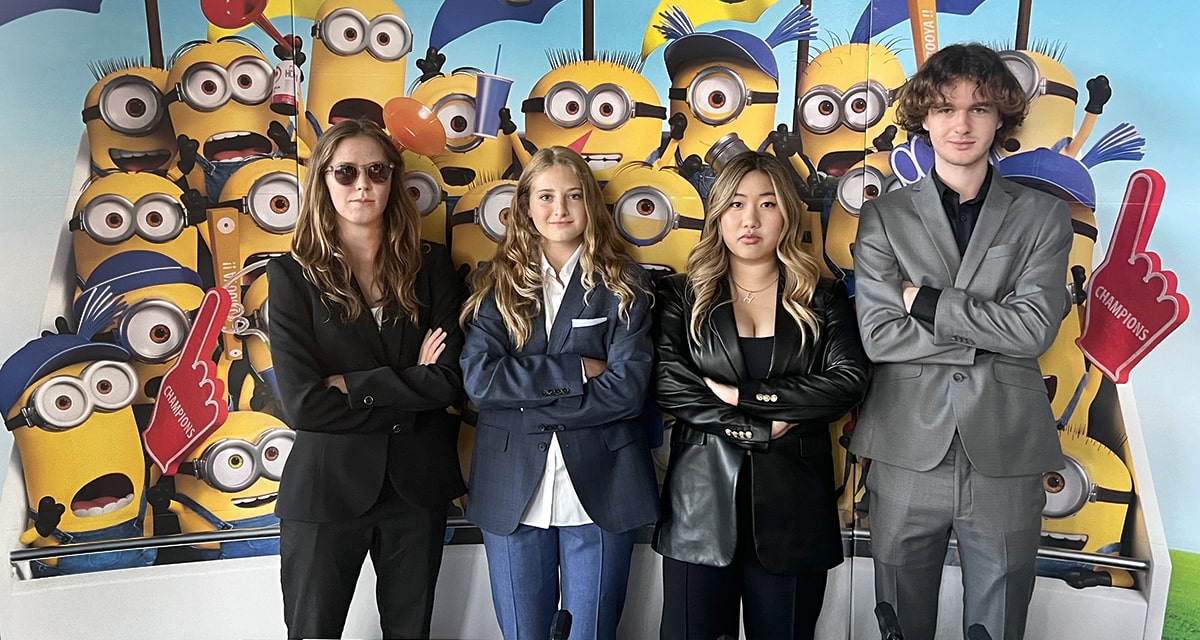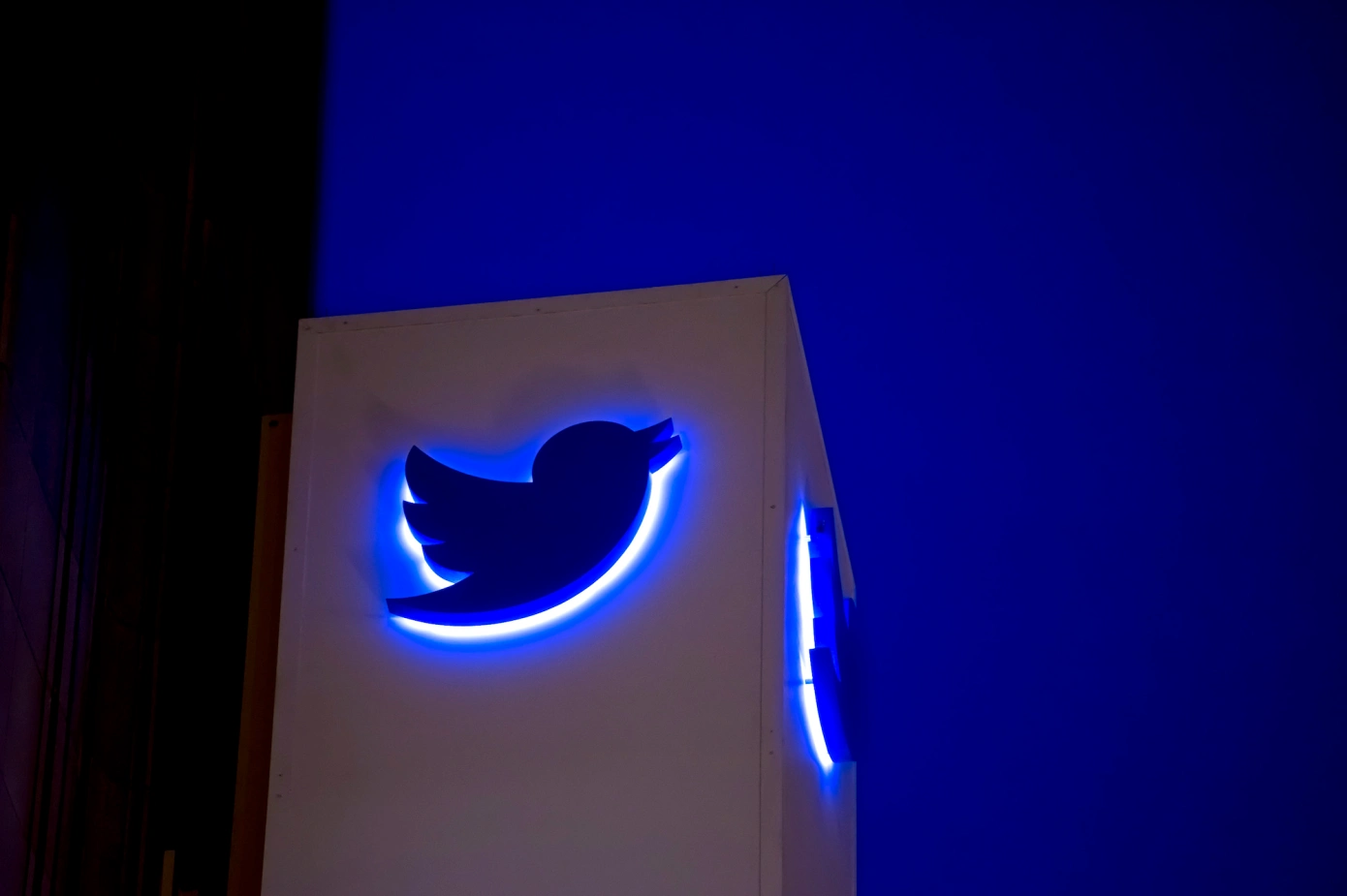


The cult of the individual has given way to less ego-driven communities
Vibrant Discords, supportive subreddits, sisterhood fostered in the comments section of TikToks – in 2022, the social life of the web is thriving. Conspicuously absent in all this? The individual profile page. With less self-branding and more open community, the ‘social’ part of ‘social media’ is changing. Individuality is out – at least in its earlier form. Identity curation, self-presentation, hierarchy and status-seeking are being gently set aside to make more space for effective community-building, and forms of connection that are open, dynamic, and far less focused on the individual.
A Discord server for the “girlies, gays, non-binaries, & baddies in web3”. A supportive subreddit for helping people save for retirement. The sisterhood fostered in the comments section of #altblackgirl TikToks, championing punk and goth POCs. In 2022, the social life of the web is thriving.
Conspicuously absent in all this? The individual profile page.
With less self-branding and more open community, the ‘social’ part of ‘social media’ is changing. In its heyday, the acts of connecting with friends and consuming media were braided together – picture the Instagram feed of yore, guided by our friends, family, and influencers / celebrity accounts. But now that TikTok’s For You Page has separated entertainment from the social graph, letting us follow interests and not friends, that social energy is disseminating into other quarters.
Now, this budding ‘social’ space is more open, more communal, and less about spotlighting yourself – hence why platforms that decenter the individual profile are thriving. Culture is migrating towards platforms that opt for pseudonyms (like Reddit, Discord, and Twitch) and free-floating avatars (like Roblox, the wider metaverse). Even TikTok, built off the back of creators, pits users secondary to communities and interests – we follow the FYP, not the user; we’re into #WitchTok, no singular witch.
All this is to say: individuality is out, at least in its earlier form. Identity curation, self-presentation, hierarchy and status-seeking are being gently set aside to make more space for effective community-building. There’s less currency in self-branding, and more in facilitating joint ventures and shared understanding. It’s why intimacy-boosting formats – DMs, group chats, and ephemeral posts to Close Friends – are winning out over more self-aggrandising mediums.
As the social life of the web moves from the main stage to behind the scenes, it means a whole new set of rules for any user, creator, or brand that is used to speaking on a soapbox, instead of in the comments thread.

Last year, this report called out a more self-aware social landscape. This cynicism towards self-presentation online has continued – and is contributing to the push towards anonymous online culture as a space stripped of the need for it.

TikTok’s prominence as a self-proclaimed ‘entertainment platform’ – not social network – is shifting norms away from the ‘social and media’ experience of Instagram. People are increasingly relying on different platforms for their social needs and their entertainment consumption.
Platforms that de-centre creators’ profile pages (like TikTok) or rely on pseudonyms (like Reddit and Discord) have pushed into the mainstream and grown dramatically.
E.g. The latest annual data for Discord and Reddit shows the platforms had user growth of 40% (up to 140 million) and 16% (up to 430 million). Subreddits like r/antiwork and r/fuckcars have swelled, with their pseudonymity allowing opinionated communities to be fully open about their values and beliefs.

People are moving towards platforms that enable collective authorship. We see it in the rise of Substack – where top journalists are rejecting a top-down newsletter model in favour of collaborative, anonymous subscriber threads that act as ongoing brainstorm rooms – as well as in DAOs, where members democratically co-author their group legacy.
E.g. Anne Helen Petersen’s booming newsletter about pop culture and American society is celebrated for its collective authorship. “You sent me tips, and interviewed your kids about their video games, and suggested and then set the agenda for the money advice column… you have made all of this feel like community.”

Hopping on a trend once meant putting an individual spin on a wider movement – a song, dance, or aesthetic moving through culture. Now, trends are increasingly performed communally rather than individually, meaning the end goal is to be part of the crowd, rather than the loudest voice in a trending conversation.
E.g.
Binley Mega Chippy
is a viral trend that involved collective, anonymous mass mobilisation, rather than platforming
individual voices.
E.g. r/place is a collaborative
canvas made pixel-by-pixel by 4.8 million users.

With growing emphasis on community over individuality, brands are better received when they act as connectors, rather than frontmen. In this context, brand identity is built bottom-up, through the collective, rather than top-down through the brand-as-figurehead.

Illumination and Universal worked with The Narrative Group to create conditions for fandom around their new Minions movie. Via social listening, they discovered a nascent trend of teens dressing up and mobilising en masse to watch the film in theatres. Coining the phrase #Gentleminions, they helped define and amplify the trend, setting the stage for a viral campaign. #Gentleminions relied on collective, anonymous mass mobilisation, showing how less ego-driven means of connection can instigate real world action.

Brands can lay the groundwork for communities to co-create content. Twitter has started testing a CoTweets feature, letting users in the US, Canada, and Korea co-author posts. This means that individual users, or even brands and influencers, can share the creative and edit responsibilities for a given post, making it a truly collaborative effort.